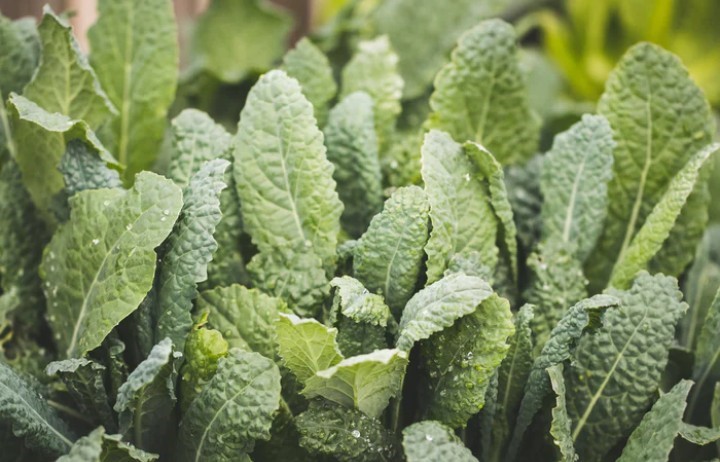Color and Food: Find Out Which Color is Good for You
By Mary Adhiambo
There are about 40 essential nutrients that one must eat to maintain health. There are many more that are not essential to life but are necessary. Imagine nutrition as a house. The 40 essential nutrients are the basics – walls, roof and floor but the many non essential nutrients are the furniture, paintings and all the other stuff you need to make the house a home. Now get this; the color of food can tell you what nutrient it contains! Foods of the same colour contain similar nutrients. Remember the nursery rhyme “mama nipe mayai, nimechoka na uji….’? It was fun to sing and it’s facts were on point: you should vary your food so that you eat as many of these nutrients as possible. Here’s a basic guide:
- Blue or Purple
These kinds of fruits and vegetables contain a substance called anthocyanin which has proven benefits on brain function and have an antiinflammatory effect. Simply put, blue and purple fruits and vegetables are good for the brain. Increase your intake if you have cognitive degenerative diseases that affect the brain like Alzheimer’s.
Examples of this type of foods are: grapes, berries, radish and eggplants.
- Green
Green fruits and vegetables contain chlorophyll, folate as well as a variety of other beneficial substance. These foods are good for boosting immune function and lowering cholesterol levels. If you’re recovering from an illness, pregnant or prone to diseases then its an excellent idea to include green vegetables and fruits in your diet.
Examples are:spinach, kales, broccoli, green grapes, celery and avocados
- Orange or Yellow
These fruits and vegetables are rich in beta carotene, that is, vitamin A. Vitamin A boosts immunity, promotes good skin and good eyesight. If you want smooth, glowing skin then these will help you glow from the inside out.
Examples are: sweet potatoes, mangoes, carrots, pawpaw, pineapples, oranges and pumpkins.
- Red
If you were to guess am sure you’d assume red fruits and veges promote blood health and you’d be right. Red foods contain lycopene which is a powerful antioxidant. This means that they have antiaging qualities. Before breaking the bank on anti aging creams and solutions, have a serving of red fruits frequently. These foods also promote heart health, lower blood pressure and LDL levels.
Example are : tomatoes, watermelons, plums, red grapes, strawberries and guavas.
- White
White vegetables and fruits contain epigallocatechin gallate (EGCG) and beta glucans which are good for the heart and have cholesterol lowering capabilities. Therefore, they are good for people with heart conditions like high blood pressure and high cholesterol.
Examples are: bananas, pears, cauliflower, coconuts, potatoes, mushrooms and garlic.
Does this mean you should mostly eat fruits and vegetables of a certain color?
Yes and No. Yes because depending on your needs, you should eat a particular color more. For instance if you have Alzheimer’s then you should eat purple/ blue fruits most. However, ensure you eat all the other colors so that your body gets all the combined benefits.
How can I get all these nutrients with the limited amount of food I eat
The answer is to vary your diet as much as you are able. If you ate a banana today, eat a watermelon tomorrow. You don’t need to eat all these nutrients everyday. Just eat 3 meals and two snacks (optional) and try to vary them. If you eat like a typical Kenyan bachelor who can literally eat the same food for supper from the same vendor for a month without flinching then its time to try a new place.
Mary Adhiambo is a registered nutritionist who specializes in Hypertension, diabetes and weight management. Contact her at maryathat@gmail.com











